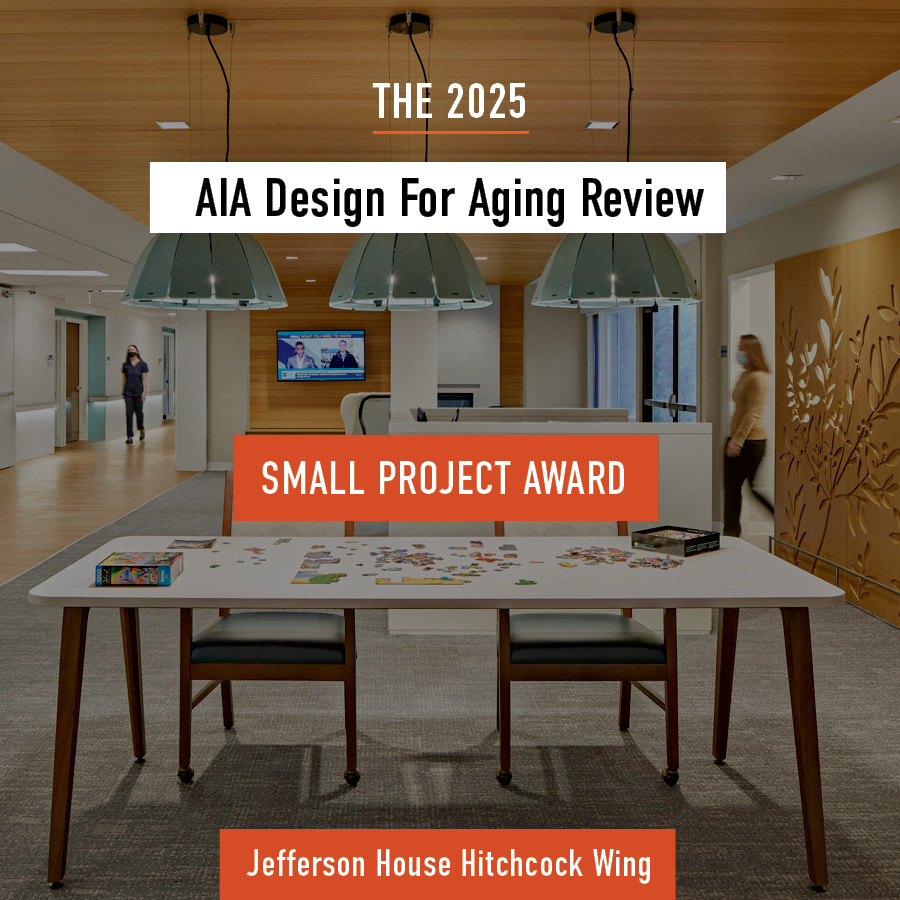The Hartford Courant recently quoted architect Adam Palmer about his designs for the renovation and expansion of the Saint Felix building on the Felician Sisters campus in Enfield. The project, which was recently approved following some revisions, will add 45 units of low-income housing for seniors.
From the article, written by Don Stacom:
After extensive meetings with town planners and neighbors, The Community Builders this year put forward the new and far smaller proposal. The company presented a study indicating that new traffic would be relatively minor, and said it believes its expansion of the Saint Felix building won’t significantly change the campus’ historic character.
The state Historic Preservation Office met with Community Builders and agreed to the company’s vision for the remodeling and expansion,
“They approved of our approach where we are touching delicately on the existing building. We’re matching some materials, we’re not matching the style,” said Adam Palmer, project manager with Amenta Emma Architects. “We’re following the approach the historic preservation office prefers, which is ‘do not mimic the historic but complement the historic.’ ”
Read the full article here.





